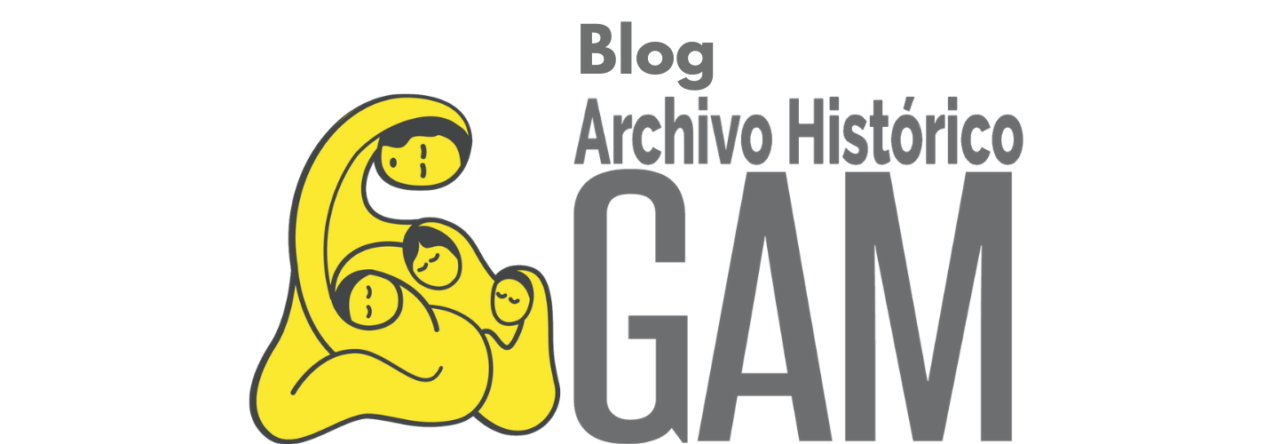December 2020 • Natalia Mora, Chloe Juriansz, and Federico Perelmuter
Natalia: Working on the database this semester has been a continuation of Chloe’s summer work. We started the semester with Chloe catching us up on the work she had done, it was all done through Zoom screen-sharing tutorials. These tutorials were so that we could understand her process and ask questions. Chloe’s codification process was mostly straightforward, however, we agreed it would be best to create a workflow document for others who might work on or with the database. The workflow document was informed by the questions that had come up during Chloe’s tutorials. The next step is translating it into Spanish.
The codification focuses on gathering the data found within the case files about the victims. The data ranges from gender, group involvement, job, to religion. We’ve had a lot of questions come up as to how to categorize some instances of disappearance as the semester continues. We’ve started to add new categories and are aware that the cases which Chloe worked on this summer won’t have been looked at with these categories in mind. We hope to have enough time to go back to these if we can finish a first pass through the whole archive.
We’ve also continued using a spreadsheet created by Chloe over the summer that flags cases which show inconsistencies within the archive. We are taking note of things such as misspellings of names, incorrect date of disappearance, different names in cases, and many other things. Recently we’ve also encountered issues with the archive site which won’t load images which might require rescanning if the images aren’t found.
Chloe: This semester, I continued to work on the process of demographic classification on the archive that I began last year and focused my summer work on. This process has involved opening each individual case in the archive and recording demographic information about the person who was disappeared, such as their gender, religion, and occupation. Because I was opening up each case, this work also presented the opportunity to see which entries on the archive’s website may need to be “fixed” (i.e. misspellings, date questions, link won’t work, can’t find name in search feature, etc.). Previously, I was making comments on each case in the Google Doc but I realized that it was difficult to keep track of these comments for all of the cases, so I decided to make a big document so that it was easier to read and understand what may need to be fixed.
This semester also involved a process of making the work I was doing and the comments I was making comprehensible to the other compañeros so that they could also help work on the database codification process.Because I was one of the only people on the team that was really involved in this process, there’s a lot of things that I have learned and abbreviations I’ve created that make sense to me because I’ve looked through almost 2,000 cases, but this information isn’t exactly useful if I’m the only one who knows it and understand what it means. This was a helpful process for me because it required me to constantly check in with myself to see if what I was doing made sense not only in the context of understanding the work that I did but also in the context of the goals of the GAM for Haverford’s contributions to the project.
Next semester, I’m planning to continue the work that I did this semester along with the rest of the project team. Our goal is to finish the database codification process for the entire archive and to hopefully produce some preliminary data visualizations for each category by department that can then be used by future compañeros to build upon the work I have done.
Federico: Working on the database has been more challenging than one would expect from a task that seems initially to consist simply of rote data entry. The volumes of reading required are sizable certainly, and it can be exhausting to look at folder after folder, narrative after narrative, form after form, trying to pick out specific information to put into a spreadsheet. What makes such work interesting for me is both its profound importance–someone has to go through the entirety of the database and catalogue its contents so that future researchers can understand some of the information it contains, that information that lends itself to quantification or simplistic yes/no analyses. Furthermore, going through the data one file at a time helps us find flaws in its construction–misspelled names, missing dates, incomplete transcriptions, absent images, broken links–that help us correct problems within the database that make research difficult by, for example, impeding the archive’s searchability. The database work both facilitates future research and refuses to accept the archive as a static object, instead framing it as one continuously being transformed, improved, corrected.
